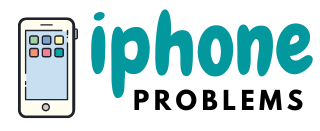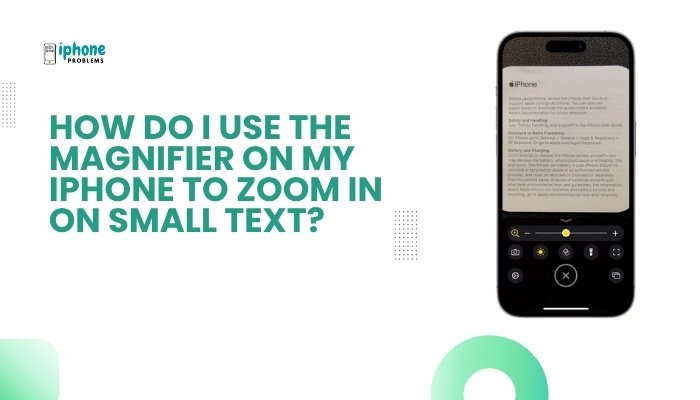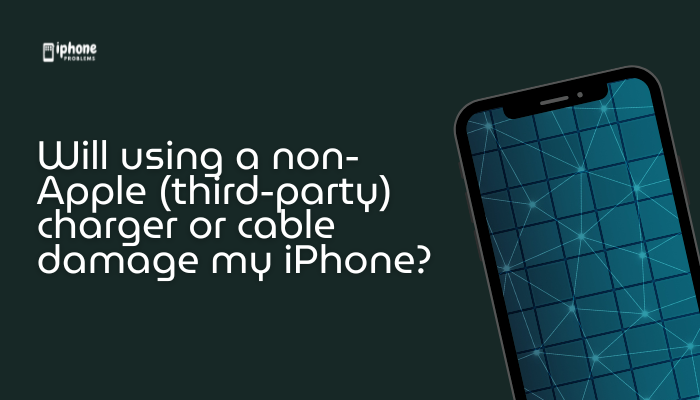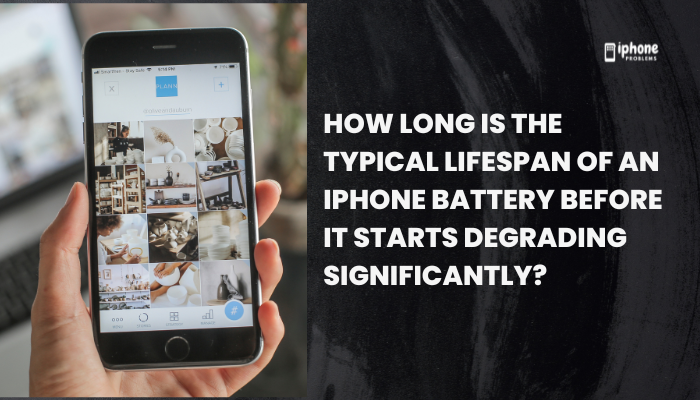If you’ve ever wondered whether you can lock certain apps on your iPhone with a passcode, Face ID, or Touch ID, the answer is: yes—partially. While Apple doesn’t yet offer a universal “App Lock” feature like some Android devices, there are built-in options and smart workarounds to help you secure sensitive apps like Photos, Notes, Messages, WhatsApp, or banking apps.
In this complete guide, you’ll learn how to lock specific apps using iPhone’s native features such as Screen Time, Face ID integration, and Shortcuts, plus how some third-party apps handle locking.
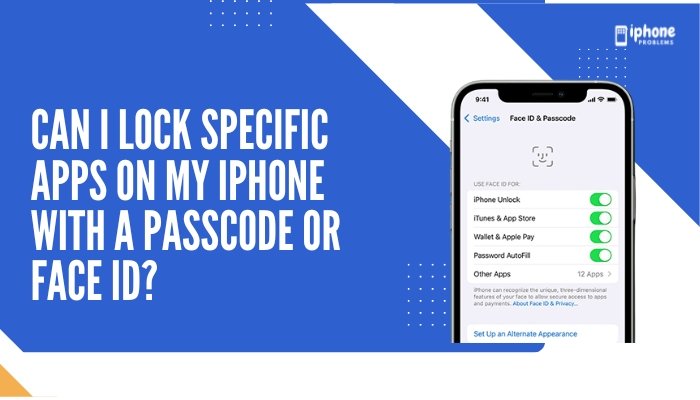
🔒 Why Lock Specific Apps?
Here are a few common reasons to lock apps on your iPhone:
- Privacy: Keep sensitive apps like Notes, Photos, or Messages secure.
- Parental Control: Restrict access to social media, games, or YouTube.
- Security: Protect banking or finance apps from unauthorized access.
✅ Method 1: Use Screen Time to Lock Apps
Screen Time offers powerful parental controls—but it can also be used to lock apps behind a passcode.
✅ Steps:
- Go to Settings > Screen Time.
- Tap Turn On Screen Time (if not already enabled).
- Tap App Limits > Add Limit.
- Choose the app or category you want to lock.
- Tap Next, then set the time limit to 1 minute.
- Toggle Block at End of Limit ON.
- Tap Add.
After using the app for 1 minute, it will lock and require your Screen Time passcode to open.
🔐 You must set a Screen Time passcode:
Settings > Screen Time > Use Screen Time Passcode.
Best for:
- Locking apps like Instagram, YouTube, Facebook, Snapchat
- Setting usage restrictions for kids or yourself
🧠 Tip: Change App Category to Target a Specific App
If the app you want isn’t listed, go to App Store > App Info to see its category. Then choose that category when adding a limit.
🧩 Method 2: Use Face ID or Touch ID for Supported Apps
Some apps support Face ID or Touch ID as built-in security features.
Popular Apps That Support Built-in Lock:
| App | How to Enable |
| Notes | Open Notes > Select a note > Share icon > Lock Note |
| Settings > Privacy > Screen Lock | |
| Telegram | Settings > Privacy and Security > Passcode & Face ID |
| Outlook | Settings > Require Face ID |
| Google Drive | Settings > Privacy Screen |
| Paytm, Google Pay, banking apps | Usually under “Security” or “Privacy” in settings |
Face ID or Touch ID will be required to open the app or view locked content.
🔐 These features depend on app developers—not all apps support them.
✏️ Method 3: Lock Notes App With Face ID or Passcode
The Apple Notes app lets you lock individual notes.
✅ Steps:
- Open the Notes app.
- Choose or create a note.
- Tap the Share icon > Lock Note.
- Authenticate with Face ID or enter your device passcode.
Once locked, the note requires Face ID, Touch ID, or a password to open.
Set or change your Notes password via Settings > Notes > Password.
🧰 Method 4: Use Shortcuts Automation for App Locking (Workaround)
Apple’s Shortcuts app can simulate locking, though it’s a workaround—not foolproof.
Example: Fake Lock Screen Before Opening an App
- Open Shortcuts app > Tap Automation.
- Tap + > Create Personal Automation.
- Choose App > Is Opened, then select the app.
- Tap Next > Add Action > Lock Screen.
- Tap Next, then disable Ask Before Running.
Now, when you open the selected app, your screen will lock, requiring Face ID or passcode to re-enter. It’s not bulletproof but acts as a speed bump.
🚫 Method 5: Third-Party App Lockers (Not Supported)
iOS does not allow full third-party app lockers like Android. App Store guidelines prevent apps from locking other apps or changing system behavior. So, avoid any that promise full-device app locks—they’re often misleading or ineffective.
📋 Summary Table
| Method | Best For | Requires |
| Screen Time Limit | Locking any app with passcode | iOS 12+ |
| Face ID/Touch ID (App-level) | WhatsApp, Notes, Telegram | iOS 11+ |
| Notes Lock | Secure notes | Notes app + Face ID |
| Shortcuts Lock Automation | Deterring app access | Shortcuts app |
| Third-party app lockers | ❌ Not supported | N/A |
🔐 Bonus: Use Guided Access for Temporary Lockdowns
Guided Access locks your iPhone to a single app and disables navigation—perfect for handing your phone to a child.
Enable:
- Go to Settings > Accessibility > Guided Access.
- Turn it ON, then set a passcode.
Use:
- Open any app > Triple-click the Side or Home button > Tap Start.
- To exit: Triple-click > Enter passcode.
✅ Final Thoughts
While iOS doesn’t offer a universal “Lock App” button, you still have multiple secure options to lock apps with Face ID, Touch ID, or a Screen Time passcode. Apple’s design philosophy focuses on simplicity and privacy, so app-specific security is often handled by individual developers or clever use of system tools.
By combining Screen Time, biometric locks, and Smart Automations, you can achieve near-complete control over app access—and keep your private apps private.
Meta Description:
Learn how to lock specific apps on your iPhone using Face ID, Touch ID, Screen Time, and Shortcuts. Full 800-word guide for securing apps like Notes, WhatsApp, and more without deleting them.
